SERIES REVIEW – Westerns were once the dominant genre in Hollywood before falling out of favor in the late 1970s. While neo-Western series like Yellowstone, Justified, and Outer Range have partially filled the void on television, nothing quite compares to a genuine, classic tale of the untamed spirit of the American frontier. Nearly two decades ago, Into the West captivated audiences by presenting the pivotal events that shaped the nation through the eyes of both real and fictional characters. This six-part miniseries greatly benefited from its weekly release schedule, continuously drawing viewers back into the fold of its heart-wrenching narrative. It’s a shame that American Primeval wasn’t given the same opportunity to rise to the ranks of must-watch television, because Netflix has a strong contender to kick off 2025, one that might even be among the best series of the year.
American Primeval is set in 1857, depicting a historical period rarely portrayed in such detail in fiction. Stories of this era typically focus on the conflicts between increasingly weary westward travelers and the Indigenous peoples whose lands they seek to claim. However, this series introduces a third adversary: the settlers of The Church of Jesus Christ of Latter-day Saints. The conflict sparked by the Utah War of 1857–1858 is often omitted from history lessons due to its proximity to the American Civil War, which overshadowed nearly everything that preceded it. Nevertheless, it provides an excellent backdrop for the captivating epic written by Mark L. Smith (The Revenant) and directed by Peter Berg (Painkiller, Boys in Blue, The Leftovers). Western and neo-Western genres predominantly build upon narratives of masculinity: hardened gunslingers, lawmen, or hardworking farmers searching for gold or “Texas tea”. American Primeval breaks with this tradition, as its three main storylines revolve around three lead female characters who confront the harsh reality of what it meant to be a woman in the American West.
Women at the Heart of the Wild West – Presenting a Perilous Era
At the heart of American Primeval are Sara Rowell (Betty Gilpin) and her son, Devin (Preston Mota). Sara is fleeing a violent past in Philadelphia for the promising yet perilous frontier, where her husband, Devin’s father, has already established a home in Crook Springs. Although Sara’s past clearly demonstrates her ability to defend herself, as a single woman she must navigate an era when women were considered mere property of their husbands and were constantly at risk from the cruel whims of other men. To safely traverse the frontier, Sara must rely on guides and the rare instances of human kindness in this lawless, brutal world.
After the Mountain Meadows Massacre, Sara and Devin miraculously survive and find themselves under the protection of Isaac Reed (Taylor Kitsch), a gruff, solitary man burdened by his own tragic past. If Sara is the heart of the series, then Isaac is its soul, and together they are the driving force of the story. Initially, Isaac is reluctant to help Sara and Devin, even when Sara offers him a substantial sum for safe passage to Crook Springs. It is only after a life-threatening situation that Isaac realizes that Sara and Devin need him as much as he needs them.
Another powerful female figure in the story is Abish (Saura Lightfoot-Leon), the Mormon wife of Jacob Pratt (Dane DeHaan), who is traveling west to join Brigham Young’s (Kim Coates) followers in what is now Salt Lake City. Although Abish is devout and somewhat attached to her husband, it is evident that she does not fit the stereotype of the meek, obedient wife. At nearly every turn, she defies Jacob, questions the dogmas of their faith, and does not hide her dissatisfaction with her forced marriage. The choices for young women in the 19th century were limited, and Abish’s fate exemplifies the female experience of the era. However, freedom comes unexpectedly: during the massacre, Jacob is scalped and left for dead, while Abish is taken captive by the Shoshone. As her companions are slaughtered, Abish’s defiant stance catches the attention of Red Feather (Derek Hinkey), who decides to spare her life. With the Shoshone, Abish’s destiny takes an unexpected turn, although Jacob does everything in his power to reclaim his “property.” Abish’s story strongly recalls the relationship between Alice and Uncas in The Last of the Mohicans.
The third female lead, Two Moons (Shawnee Pourier), is also a member of the Shoshone nation, and her story is closely linked to the fates of Sara and Abish. After killing her rapist, Two Moons is forced to flee her village and hides in the covered wagon transporting Sara and Devin west in hopes of a better life. Surprisingly, she finds better conditions in the company of Sara, Devin, and Isaac. Although Two Moons does not speak English, and indeed doesn’t communicate verbally at all, she finds a way to connect with the others using sign language and, with Isaac’s help, who knows her people’s language, she connects with the world.
Throughout its six episodes, American Primeval weaves together the stories of these three women. Each of them faces the relentless obstacles characteristic of the era and overcomes them in her own unique way, demonstrating courage and perseverance. While the male characters also play significant roles in the plot, the female storylines make the series truly memorable.
American Primeval Will Linger in Your Thoughts Long After the Credits Roll
American Primeval tells its story at a brisk pace, compressing roughly five hours of plot into six episodes. The series adheres to the strict requirements of its TV-MA rating, not only through brutal bloodshed, epic gunfights, and senseless massacres but also through the historically accurate portrayal of female characters who endure cruelties inflicted by men. This raw realism is painfully heart-wrenching, yet it serves as a reminder of the dangers women faced in the Wild West – even in seemingly favorable situations.
The series portrays the Mormon communities, and particularly the figure of Brigham Young, with ruthless honesty. Kim Coates delivers a stunning performance, creating a fearsome and calculating force around his character. Perhaps the Mormons have better PR than Catholics or Baptists, because somehow they have managed to avoid being overshadowed by their historical sins. However, American Primeval sheds light on what The Church of Jesus Christ of Latter-day Saints did on the American frontier, prompting viewers to reconsider whether polygamy was indeed their worst trait. Through the character of Jacob – who descends into madness through his fanatical faith and ultimately becomes the cause of his own tragedy – the series delivers a powerful critique.
Regarding the stories of the Shoshone nation, the series occasionally evokes mixed emotions, but the production’s commitment to authenticity is undeniable. Julie O’Keefe, a cultural consultant from the Osage Nation, along with numerous Indigenous artists and craftspeople, including Hovia Edwards-Yellowjohn, Pete Yellowjohn, and Molly Murphy Adams, ensured that the depiction of Shoshone villages and Indigenous characters was authentic and respectful. The result is palpable on screen: their work imbues the scenes with meticulous detail and life.
Although the Indigenous characters are well-developed and play important roles in the story, none of them are given an independent narrative that is separate from the central storylines of Sara and Abish. This is a shortcoming that prevents the series from fully reaching new heights. Despite this, American Primeval is an exceptionally well-written and narrated story that claims a worthy place among the best of the Western genre.
American Primeval Deserves More Than a Simple Binge-Watch
The true merit of American Primeval is that from the very first episode, it ensures that the viewer fully cares about the survival of the central characters, even when aware that some of their stories are fatally predetermined. With a multitude of characters and only six episodes to provide a satisfying conclusion, the series is extremely economical with its screenplays, evenly distributing the story among Sara, Abish, and those who cross their paths. Several other storylines intertwine, and American Primeval features an impressive ensemble cast, including Shea Whigham, Joe Tippett, Jai Courtney, Kyle Bradley Davis, Lucas Neff, and Shawnee Pourier.
This is not a series that uses spectacular visual effects or dazzling locations as a crutch; the landscape is as simple and raw as the characters who inhabit it. Instead, American Primeval relies on the humanity at its core, and by the final episode, it literally tears it out of the viewer. The most surprising element is the unexpected friendship between Isaac and Sara and how it fundamentally changes who they are. The phenomenal chemistry between Taylor Kitsch and Betty Gilpin is captivating, and watching their characters navigate each other’s strengths and weaknesses, ultimately complementing each other, is a true masterclass in acting, directing, and writing.
It’s a shame that American Primeval didn’t receive a weekly release schedule, because it has all the makings of a television event but suffers due to the binge-watching model’s narrative. The real tragedy is that Mark L. Smith and Peter Berg have created something brilliant and prestigious, but ultimately too few will see it. Perhaps it will help reignite a Western fever in Hollywood and give creators the freedom to explore the more nuanced aspects of America’s often-overlooked history.
All six episodes of American Primeval are now streaming on Netflix.
-Gergely “BadSector” Herpai-
American Primeval
Direction - 9.4
Actors - 9.1
Story - 9.1
Visuals/Music/Sounds - 9.4
Ambience - 9.2
9.2
EXCELLENT
American Primeval represents a new peak in the Western genre, focusing on human drama and historical accuracy. The series not only reveals the relentless reality of the Wild West but also deeply affects viewers emotionally through character development. The creation of Mark L. Smith and Peter Berg offers an exciting, brutal, yet deeply human experience, claiming a worthy place among the best Westerns.

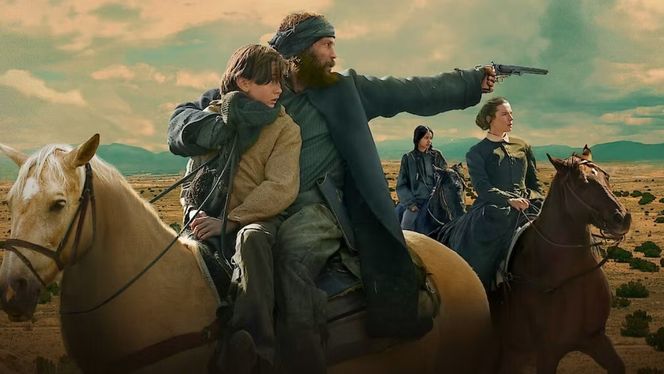
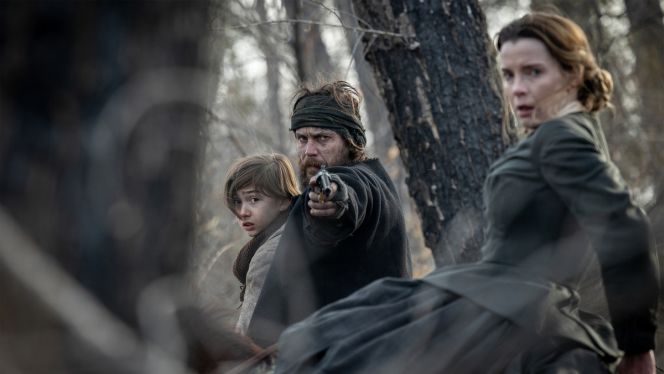
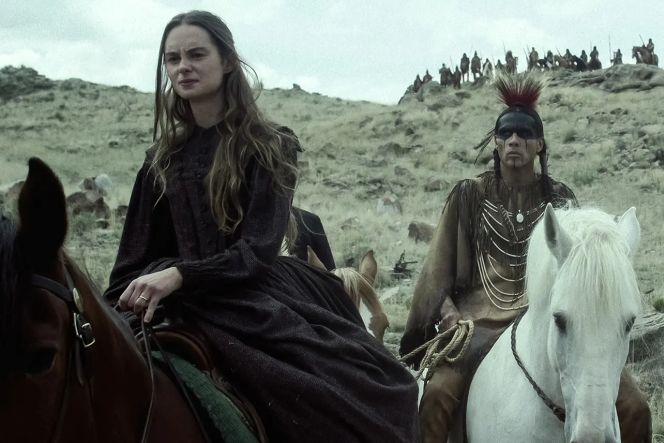








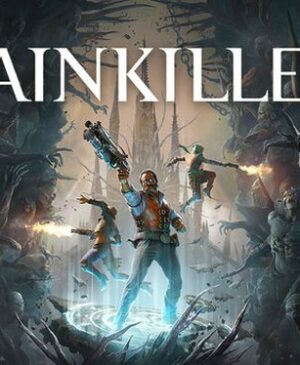
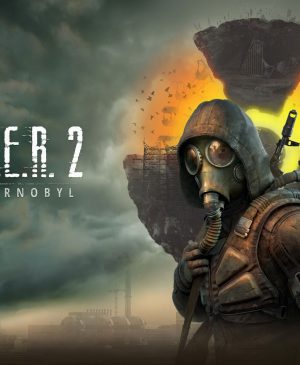
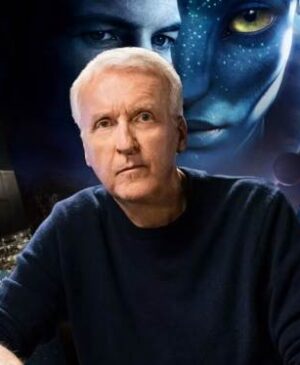

Leave a Reply